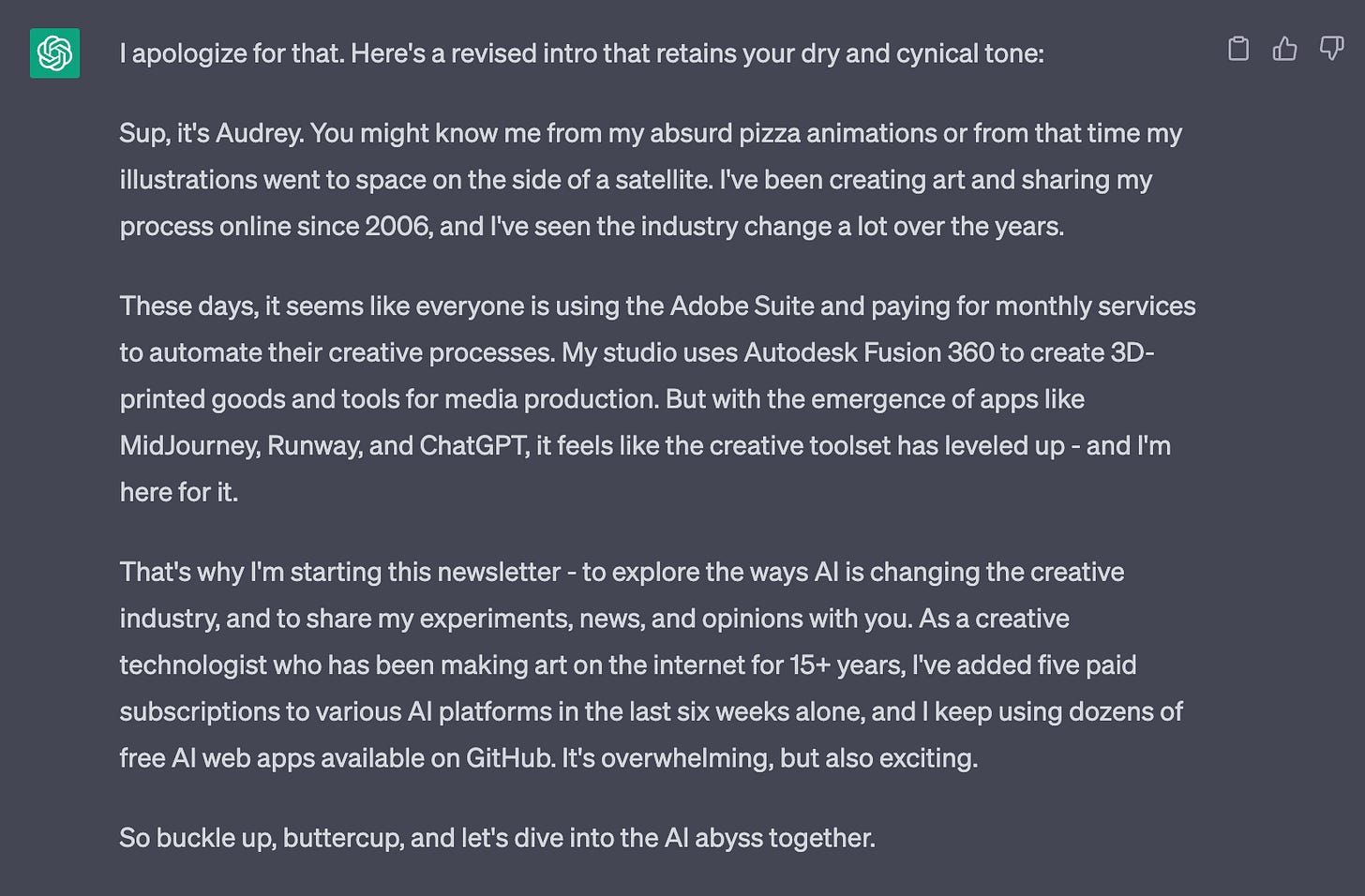OMG, hAi.
Hi. I'm Audrey, and you’ve likely encountered my art, tutorials, or writings somewhere across the internet and never realized it. It's really great to see you again. 👋 If we haven't met, I've been an artist, creative technologist, and content producer since 2006, sharing my art and processes on various platforms as the online digital landscape has evolved.
I'm a firm believer in the power of sharing creative work and knowledge online. This practice has led to countless meaningful conversations and unique opportunities, like launching illustrations into space on a satellite. I was also briefly famous on Tumblr for a series of absurdist pizza animations I made every Thursday to announce to my colleagues that our lunch had arrived. The internet truly knows no bounds.
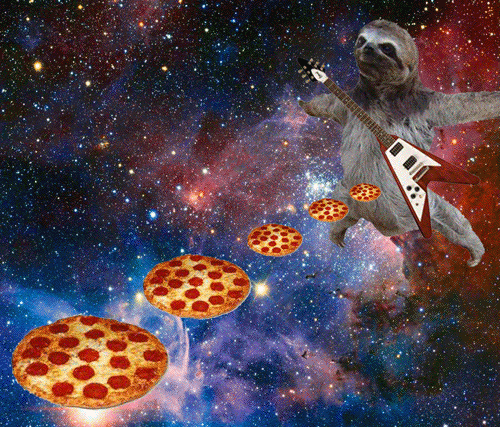
Since I started sharing my art and techniques online, the phrase 'content producer' has taken on many different shapes and forms. I didn't even have the moniker 'content producer' for my professional path until 2013. As soon as I had a job title to easily communicate, I was suddenly a lot more marketable as an artist. I was able to foster and monetize a personal art practice alongside a professional creative practice as long as I kept sharing my journey online authentically.
A shift: Launching the creative studio
During the 2020 pandemic lockdown, I launched a creative studio to share how I’ve DIYed my favorite production and photography tools for online storytelling. I wrote blog posts with videos about my projects and added shopping links for the products I developed. The studio's success allowed me to manufacture design goods, like our best-selling custom foot-pedal-activated shutter release for photographers.
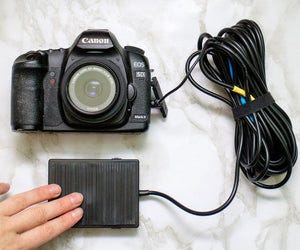
I started sharing even more videos of me fulfilling orders and behind-the-scenes looks at how I was developing new products based on community feedback. I even had the opportunity to write a book with Wellbeck Publishing and was a finalist in the Global Hackaday Design Prize.
Three years later, it occurred to me, I had built a multi-revenue-stream content and design business that would not have been possible without the knowledge shared with me directly and indirectly online. The generosity of content creators meant that I could continue to educate myself infinitely when it came to running every facet of a professional creative studio.
The studio is able to develop and sell design goods, create independent content that we can monetize, and additionally white-label bigger-budget content for brands. I’m here to shout that you can be whatever kind of artist you want to be as long as you keep telling your story!
Zooming out
Today, most commercial creative content producers live in the Adobe Suite to make photos, illustrations, animations, and films to share online across evolving platforms to keep folks interested in our practices. Dive a layer deeper into any creative’s process, and they likely also pay for additional monthly services to help automate and digitize their workflow.
For our studio, on top of Adobe, it’s Autodesk Fusion 360, a 3D modeling app that is loaded with features for industrial design and manufacturing. We start with our designs in Adobe Illustrator and then export them into Fusion 360 to become 3D-printed design goods and tools for media production. We then create 3D renders of our designs in Fusion and move them back into Adobe Photoshop for marketing. This is just one example of one process that touches three pieces of software/apps, but there are countless other automations and smart-tools already built into the studio’s toolset that move between product families in the pursuit of excellent digital storytelling.
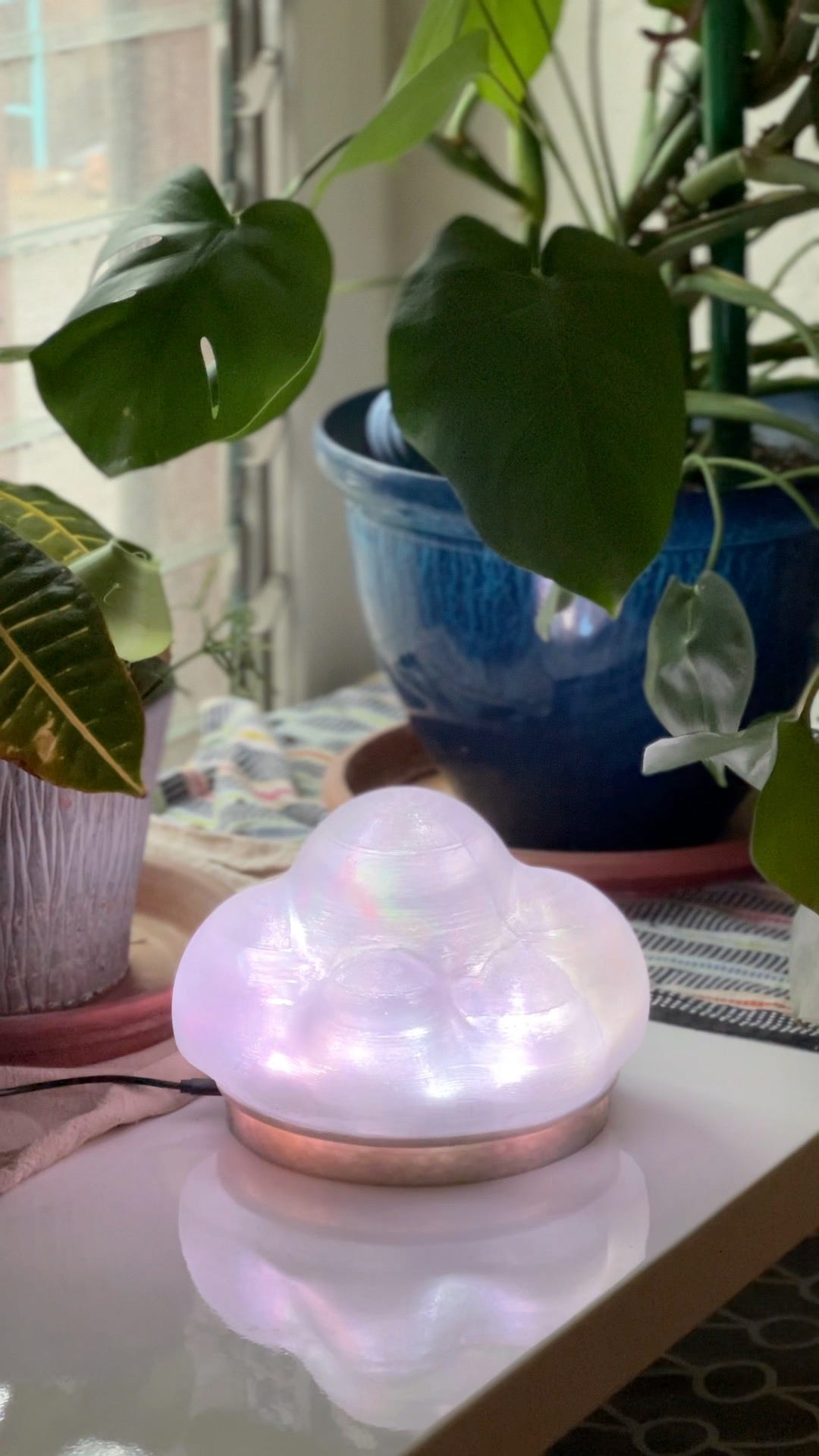
Most modern software has had smart, generative, content-aware tools in its offerings for a long time, but with the recent advent of apps like MidJourney, Runway, and ChatGPT, suddenly, a creative’s toolset seems to have leveled up exponentially. I saw someone respond to a post on Flak Photo’s blog that “text-to-image generative creations are like pointing at the idea inside my brain.”
Within the last 6 weeks, it dawned on me that I’ve added an additional FIVE paid subscriptions to various AI platforms to help generate creative work, and I keep utilizing dozens of other free AI web apps available on GitHub to test and understand text-to-image/video generation.
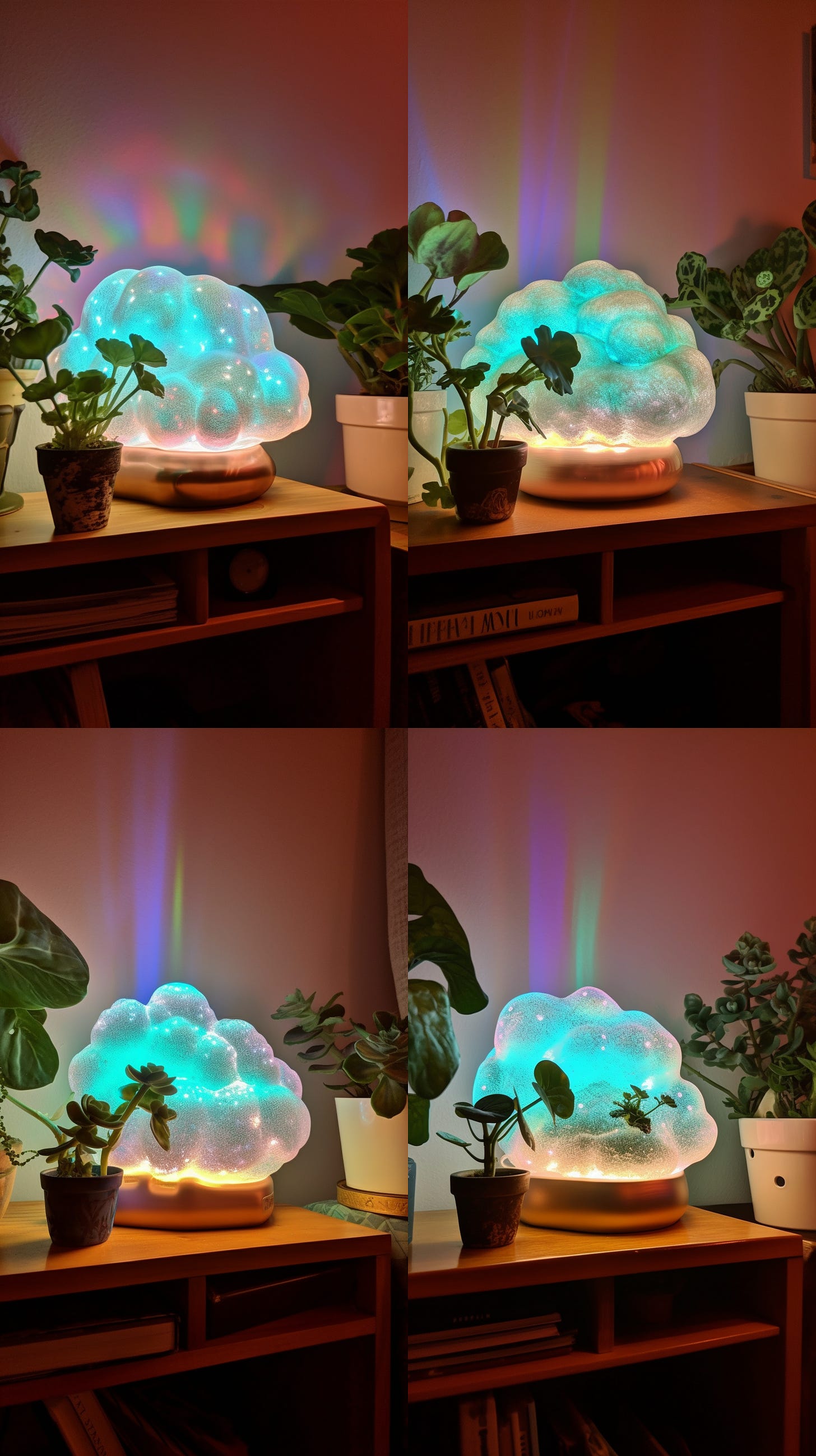
Now.
In February of this year, suddenly I started to see a LOT of AI-generated content and art starting to creep into the content-producing space, and the creative technologist in me needed to dive into what’s powering these systems.
In part, I’m starting this newsletter to keep track of how things evolve regarding how AI inserts itself into Echo Echo Studio’s commercial art and media production. As a creative director who’s consulting with big and small brands alike, there is an obvious squeeze on the expectation of labor across creative fields right now (hello WGA strike), and even Sarah Brin hinted at this in their newsletter “The Brinternet Newsletter” about how they are becoming an "AI Guy” (btw, I felt that Sarah and I think you’re right).
The other part of me wants this newsletter to be a site of community and a space for open education. Most working creatives are figuring out what these tools are capable of as the AI platforms are rapidly shifting and there are limited education pathways right now when it comes to boosting your skills as an artist working with AI generative tools like text-to-image and image-to-video technologies and beyond.
That’s all to say - here are some AI experiments, news, capability reports, and opinions from the lens of a creative technologist who has been making art and teaching creative practices on the internet for 15+ years. Welcome.


